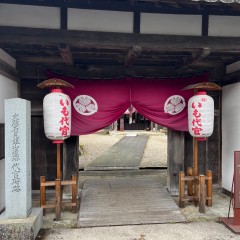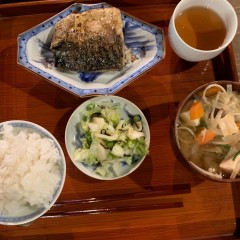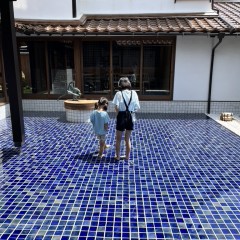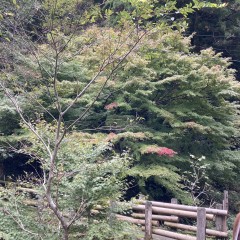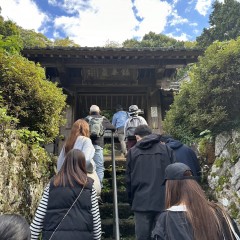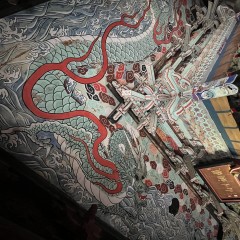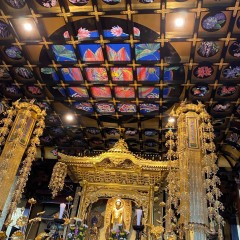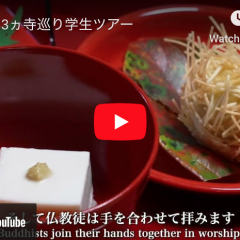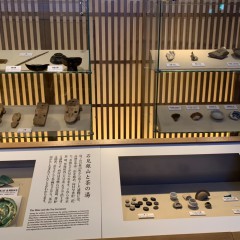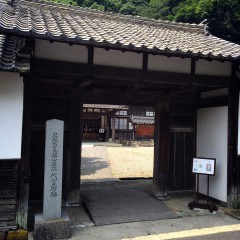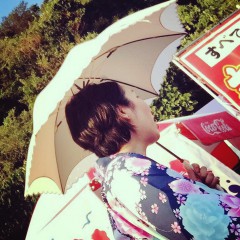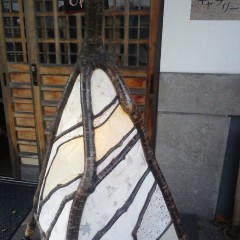Okubo Mabu Mine Shaft Tour
Although there are at least 600 entrances to the silver mine, only a few are open to the public.
Tours to the Okubu mine shaft leave from the World Heritage Centre four times a day on weekends and national holidays. The latest tour leaves at 13:15 and returns to the Centre at 15:45. The timing is quite inconvenient if you want to eat lunch down in the Omori area. I would recommend taking the earliest tour so you can enjoy the afternoon in Omori afterwards.
During the winter months, the mine shafts are off limits because of the huge number of bats which come to hibernate in the tunnels. These tours are limited to small groups and you may have to book in advance.
To be honest, unless you speak fairly fluent Japanese, there isn't much point going on this tour, and it could turn out to be dangerous if you can't understand the warnings. The guides are extremely knowledgeable but my understanding was along the lines of 'Famous dead Japanese person caused this mine to be opened in Edo Year Something' and 'Famous dead Japanese person is buried up this path a bit'. (The explanations inside the mine were much more concrete but you might want to learn words for smelting, mine shaft, excavation etc if you have your heart set on going.) Having said that, this is the only tour to offer deep access into the mine.
You start with an initial lecture in the World Heritage Centre, then take a microbus to the foot of the mountain. There is a fairly steep climb. The path goes through grassland so keeping your skin covered up is a must to avoid insect bites–beware the deadly madani mite! This route is not suitable for anyone with mobility issues or not wearing decent footwear. However, there were several elderly people on the tour I took so you don't have to be super-fit. You soon reach a hut where you borrow helmets, rubber boots, and torches (flashlights). You can leave your larger luggage here safely, or leave it in coin lockers at the Centre.
There is a further climb from the hut. As you pass the entrances to the mine, the temperature drops are noticeable. Inside the mine is about 10 degrees so you'll need a jacket. It's dark and cramped inside. If you suffer from claustrophobia, this is not the tour for you. If you have a thing about bats, you might want to give it a miss too. If you are a fairly fit, fluent in Japanese person without a madani phobia, give it a try!
This is a real learning experience. I thoroughly enjoyed it and got so much more from the tour than from simply reading about the mines in the displays at the Centre. You can also access Ryugeni Mabu more easily and cheaply than this mine shaft.
It costs 3800 yen for adults and 2800 for children. No English assistance available at the moment.
(written by E. Kane)

